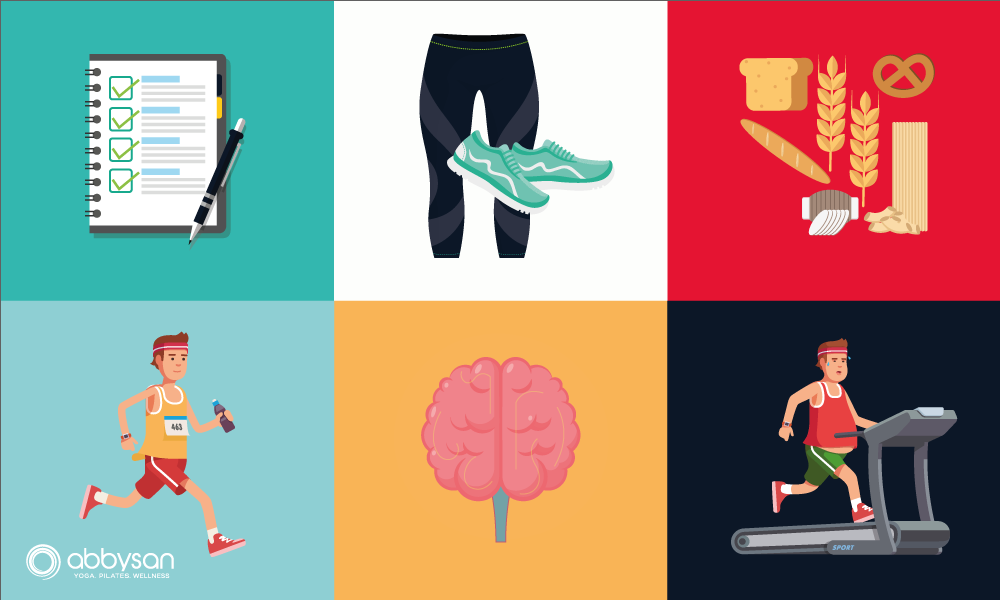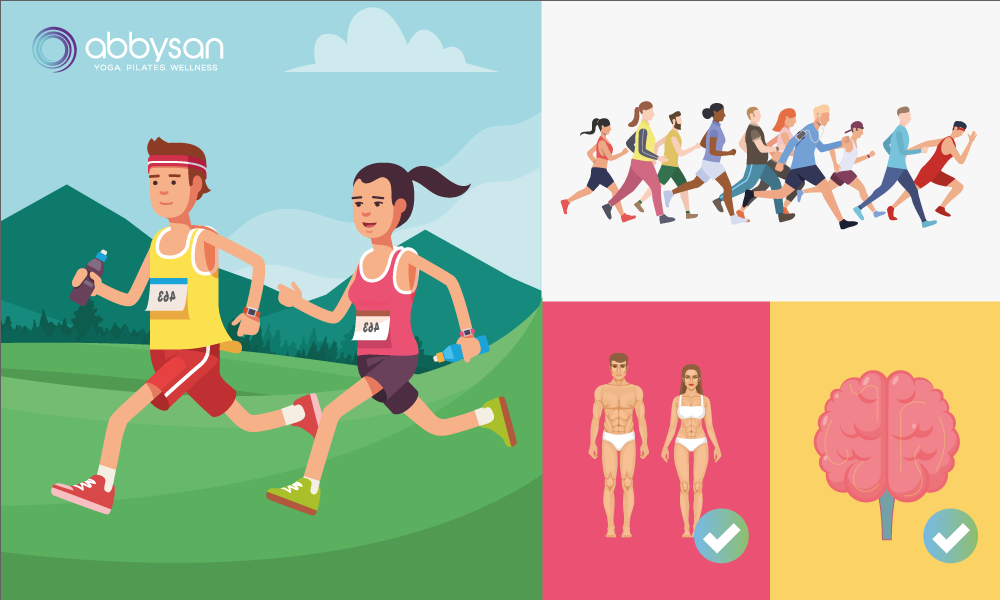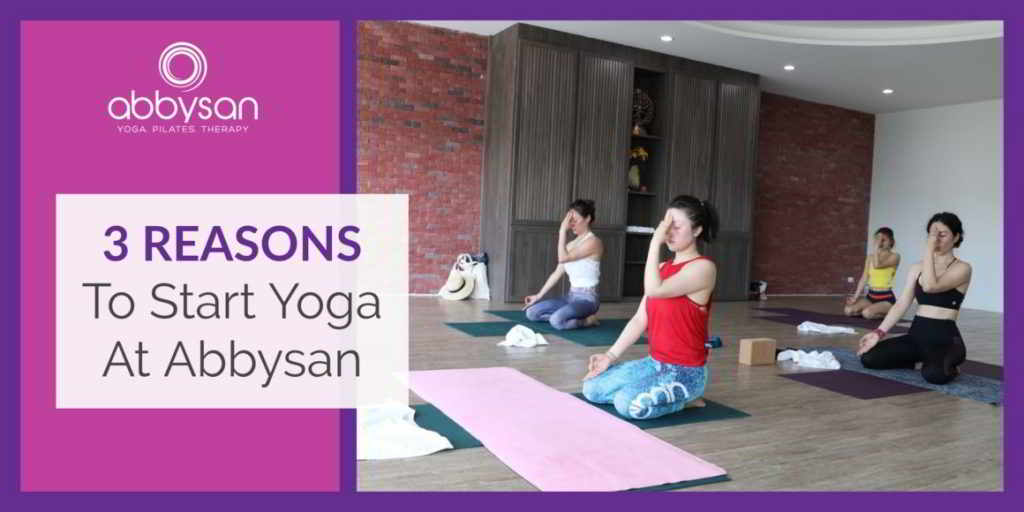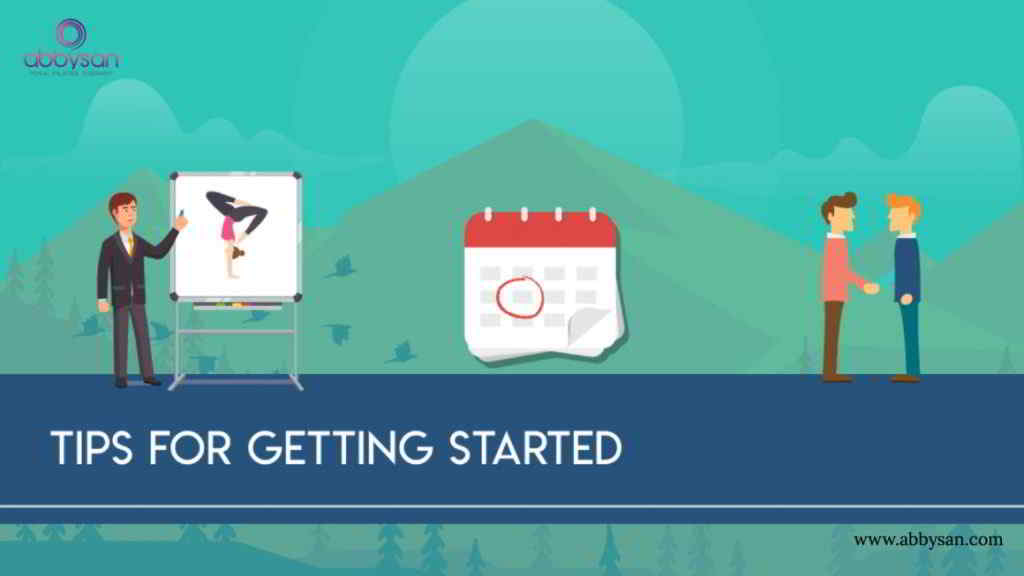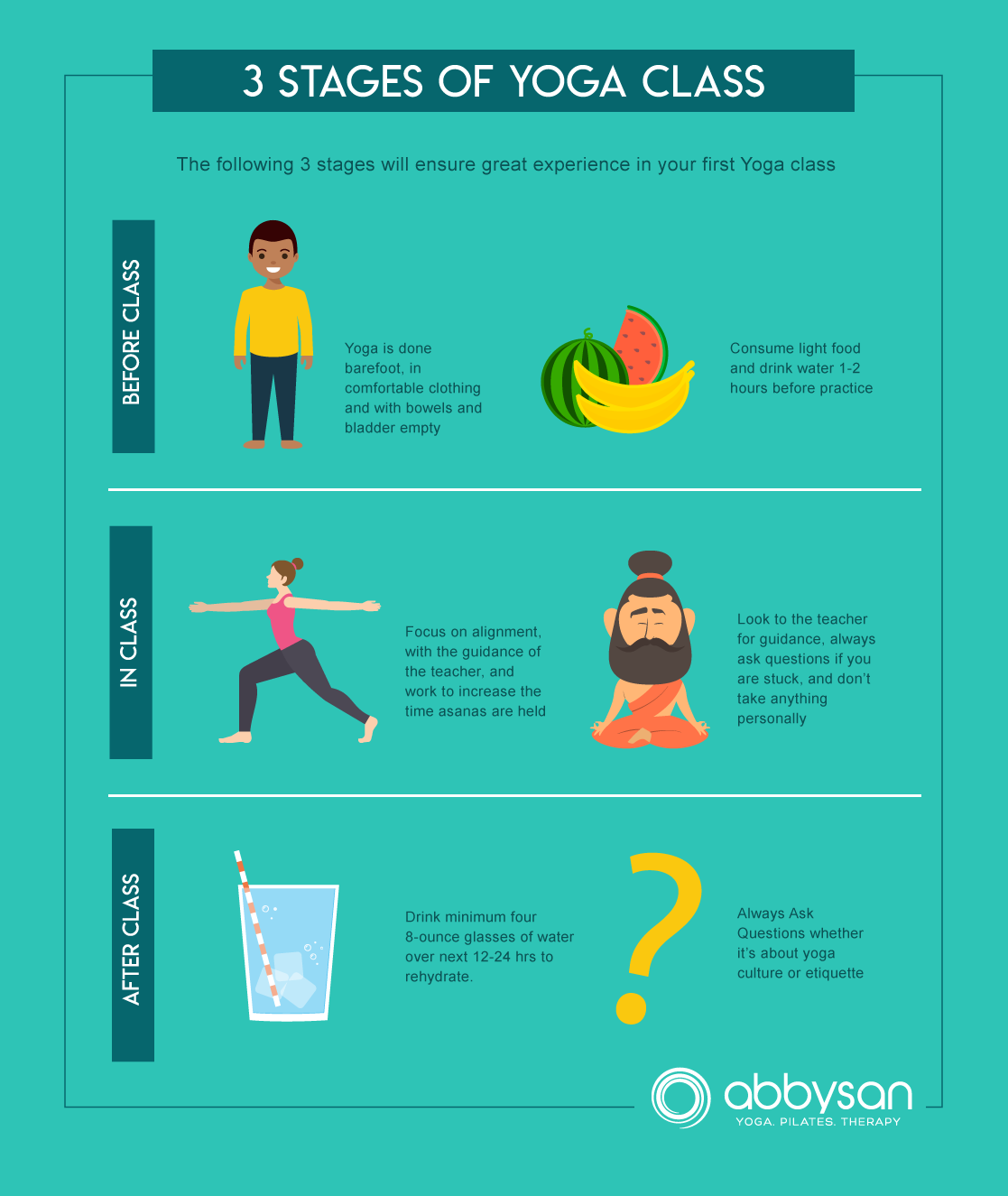The popularity of running is rapidly increasing in the world of sport. Just by knowing you don’t require any athletic qualification (you need to know how to run) and its other great benefits, has played a significant role in the popularity increase.
Here are 6 random tips about distance running that will get you started or even more prepared.
The Mind
The mind places a significant role in distance running, as people will say “success starts from the mind,” i.e., your kind if mindset determines how much of a successful being you can be and vice versa. Although the reality of distance running been hard is right, having a positive mindset does the trick.
When a new body begins an exercise, there will be some resistance from the body. The person will encounter difficulty in breathing, muscles ache, and tiredness. All these are enough reasons to quit but that is where the power of the mind and mental attitude comes into play, but the zeal to succeed will keeps you going.
The secret, Start slow
Keeping the pace low at first is extremely important although stiffness of muscles and lung issues (like difficulty in breathing) might arise at first but eases up as you continue. First run is always the hardest; therefore, you are to pick a short distance, run two to five times weekly with rest in between, then you can progress from there. Finding a running partner makes it more fun.
Gears
Choosing of shoe and clothe for running is to be supervised by the sport store clerk, more importantly, the shoes should be made for running, must be flat (with little or no heel slippage), and must also fit well to avoid injuries on the muscles of the feet and bruises on the toenails while running.
Food
Distance running requires a lot of energy, strength, and endurance which brings carbohydrates(known as energy givers)to the top of the list, followed by protein(known as a body-builder)needed to help build strong muscles. Lack of carbohydrates in the body results in muscle fatigue, low blood sugar, low endurance level and many more which can make you give it up faster than expected.
Let’s not forget about water which is also as important as food, and needed throughout the race. Whether you are thirsty or not you have to make drinking water every 10 to 20 minutes a habit since the fluid in our body is dissipated/released as we run via sweat.
Endurance
Increasing running distance is suggested once one becomes stable and comfortable with their running, and must be done gradually (i.e., at most 10% increase every week).To ensure your endurance level remains on point, setting a long-term goal is suggested, these goal keeps you going but remember the slower, the better.
Training logs
The log is another valuable tool that is to be filled daily and must be detailed. Here you are to record all your running details that include pulse rates, distances covered, rest days, comments on being tired. It also helps in the planning of future activities.
Distance running is fun; you have to enjoy it. Although you have to exercise patience in the journey to become a successful distance runner you also have to train the right way, eat good food and have enough rest.

